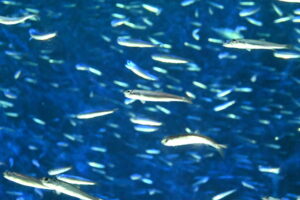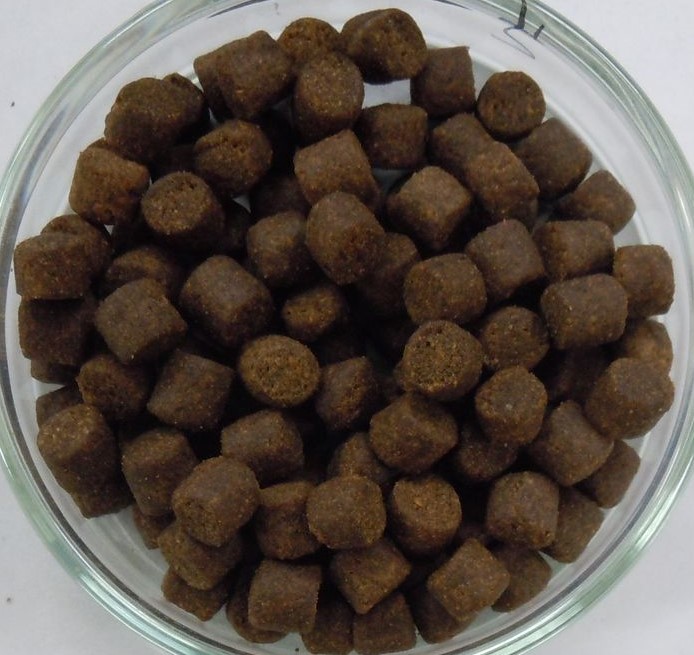
For the growth of farmed fish such as yellowtail, animal protein and oils containing omega-3 fatty acids are needed. Currently, the main ingredients for aquaculture feed are fish meal and fish oil made from small wild fish like anchovies (pictured). However, to protect the marine environment, it is necessary to reduce dependence on wild forage fish. While next-generation ingredients like insects and algae are still in the research stage, the importance of utilizing non-edible parts (residue or by-products) of edible fish as the most sustainable feed ingredient is being reevaluated. We have investigated the state of fish meal production using domestic processing residues and the potential for their use in sustainable feed. Here, we report part of our findings.
Current State of Fish Oil and Fish Meal Production in Japan and the Potential of Urban Fisheries Biomass
In Europe and the United States / Canada, a large amount of processing residue is generated upstream (at the production sites) of the seafood supply chain. In contrast, in Asian countries such as Japan, the level of processing increases downstream in the supply chain, resulting in a higher generation of residue in populated consumption areas. This massive resource is referred to as Urban Fisheries Biomass. A study conducted in the early 2000s reported that 1.5 million tons of urban fisheries biomass is generated annually in Japan, accounting for about 70% of the total residue produced in the country (Tarui et al., 2005). A large portion of the urban fisheries biomass generated in Japan is collected and effectively utilized as raw material for fish oil and fish meal. In factories around the Tokyo metropolitan area, 400-500 tons of fresh processing residue are collected daily from over 10,000 processors, retailers, and restaurants. The residue is processed to extract fish oil and produce protein-rich fish meal. The extracted fish oil is sent to another factory, where it undergoes deodorization and decolorization processes to be refined into high-quality fish oil. Remarkably, the quality of this refined fish oil is almost indistinguishable from that derived from wild forage fish. Despite Japan's extremely low food self-sufficiency rate being a significant issue, it is noteworthy that the domestic self-sufficiency rate for fish oil is around 80%, with 70-80% of it being produced from processing residue (Marine Oil Statistical Yearbook). Compared to other countries, the proportion of by-products used as raw material for fish oil and fish meal in Japan is remarkably high, highlighting Japan's unique and world-class recycling system (Table 1). This system maximizes the use of not only processing residue generated at production sites but also urban fisheries biomass, supporting Japan's supply of fish oil and fish meal.
Detailed findings of this study are reported in the following article. Ido A, Kaneta M. Fish Oil and Fish Meal Production from Urban Fisheries Biomass in Japan. Sustainability. 2020; 12(8):3345. https://doi.org/10.3390/su12083345
0




